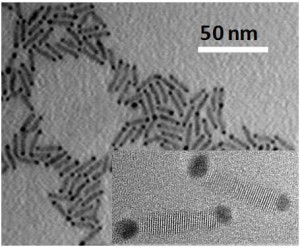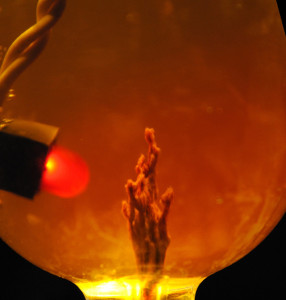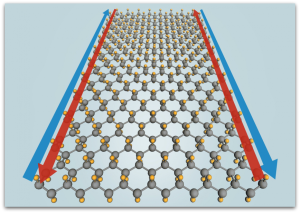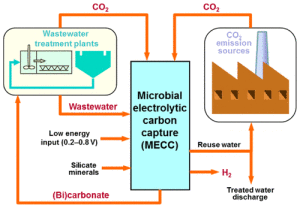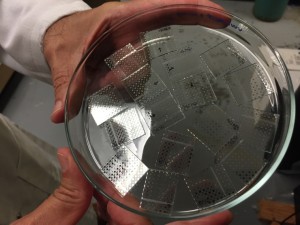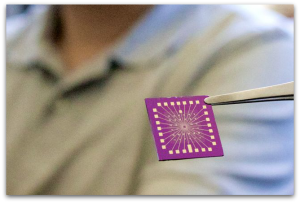 A tiny chip may be the answer to the wide-spread utilization of fuel cells.
A tiny chip may be the answer to the wide-spread utilization of fuel cells.
A team of researchers from UCLA have developed a nanoelectronic chip that can accurately analyze the chemical reactions that allow fuels cells and batteries to function. The new chip effectively evaluates at the nano level how nanocatalysts convert chemical reactions into electricity.
New Insights About Fuel Cells
Essentially, the chip scales down spectroscopy—doing what a large laboratory would typically do, only more effectively and with the ability to collect new data.
This from UCLA:
Being able to analyze these reactions with increased accuracy, heightened sensitivity and greater cost-effectiveness will vastly improve scientists’ understanding of nanocatalysts, which will enable the development of new environmentally friendly fuel cells that are more efficient, more durable and less expensive to produce. Eventually, those new fuel cells could be used to power vehicles that run on hydrogen, the 10th most abundant element on Earth, and give off water as exhaust.


